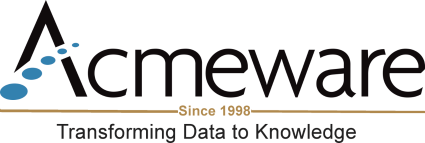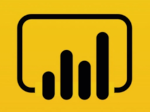How do I know it's right?
One of the challenges in writing reports from MEDITECH Data Repository (or any system for that matter) is knowing for certain that you got it right. That not only means the data are accurate, but the person requesting the report is satisfied with the result too.


